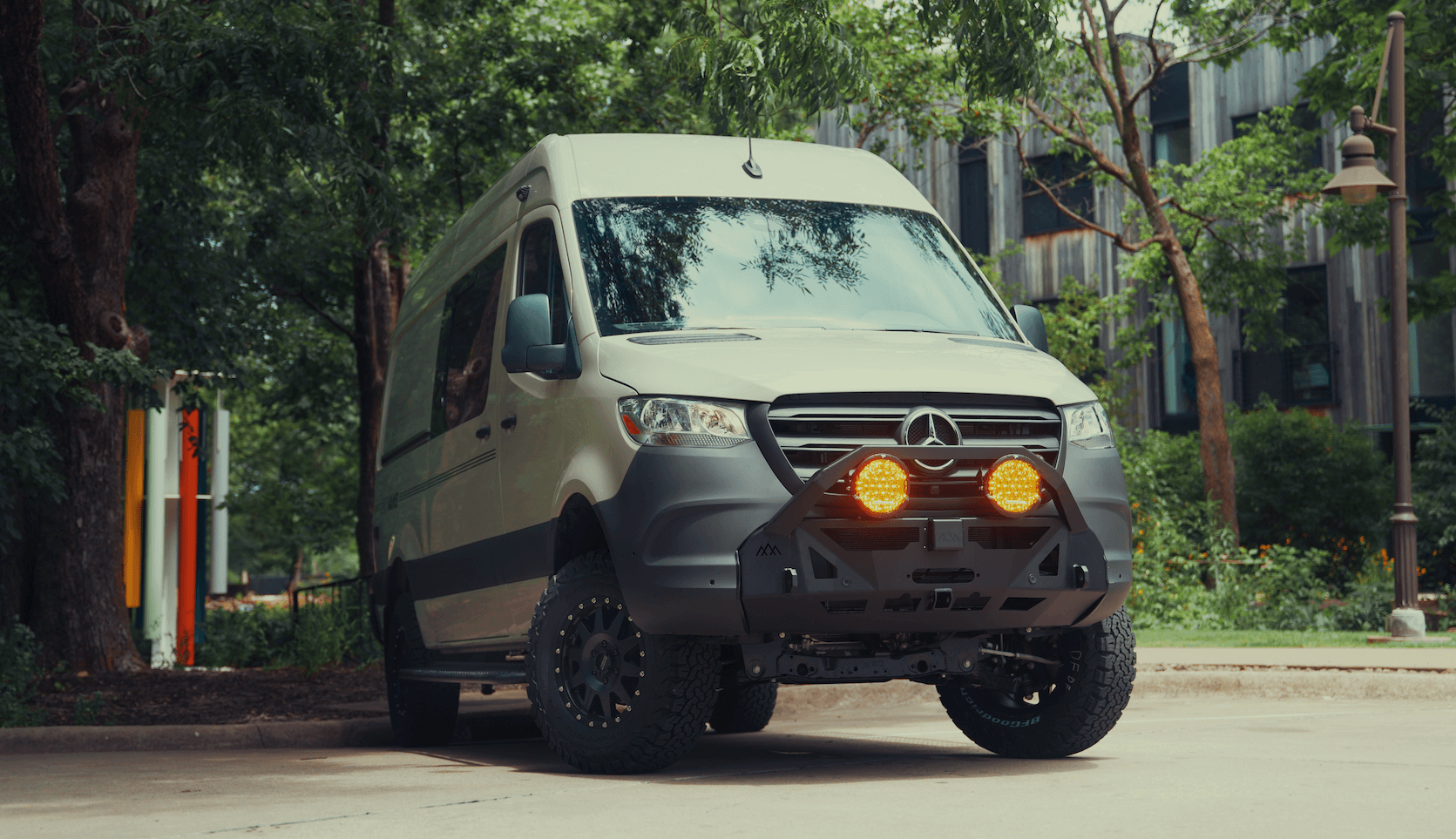Recreational Vans

Cargo vehicles are purpose built for moving tools, goods, and equipment with reliable payload, practical space, and predictable operating costs. In the commercial van category, you will find compact city models, mid size haulers, and full size platforms with standard or high roofs. Small commercial vehicles excel on dense urban routes with tight parking, while larger commercial delivery vans carry heavier loads and tall cargo. The market also includes cab chassis variants that accept box bodies or specialized modules. Choosing among these types of work vans starts with what you carry, how far you drive, and where you park.
Full size cargo vehicles typically offer multiple wheelbases and roof heights to tailor interior volume. Payload ratings, towing limits, and gross vehicle weight ratings should be verified against your heaviest day, not your average. For temperature sensitive goods or electronics, insulation and climate control can be just as important as cubic feet. Businesses that operate long shifts often prioritize driver comfort, seat ergonomics, visibility, and in cab storage to reduce fatigue and improve safety.
Modern commercial van platforms share several strengths. Unibody or semi monocoque construction keeps floors low for easy loading. Wide rear doors and sliding side doors speed access. Driver assist technologies like blind spot monitoring, adaptive cruise control, and crosswind stabilization help in cross town and highway conditions. If your team runs mixed routes, a balanced spec that blends payload, maneuverability, and fuel economy will return value every day.
A safe, efficient interior van layout starts with the weight map. Heavy items should ride low and forward to protect handling and braking. Shelving, drawers, and bulkheads reduce shifting loads and improve safety for the driver. Tie down tracks and partitioned zones cut search time on site. For mobile technicians, a clean work surface, task lighting, and dust resistant storage save hours each week.
Power strategy comes next. Many fleets need a pure sine inverter, auxiliary battery, and shore power charging for laptops, label printers, and test equipment. Others require onboard air, a wash station, or a small water tank. If tools produce heat or fumes, add ventilation and consider dedicated compartments. LED cargo lighting, non slip flooring, and sound deadening round out a professional environment that feels calm and organized.
Digital workflow is now standard. Telematics track routes, idling, and maintenance needs. Docking for tablets and scanners reduces clutter and keeps eyes forward. Buyers sometimes search with phrases like website van when comparing listings or van when exploring trades, but the smartest path is a spec sheet tied to your daily tasks and safety standards. That plan should drive both the platform choice and the upfit.
Small commercial vehicles shine in cities where parking eats time. Their tighter turning circles and shorter wheelbases reduce damage claims and make drivers more confident. Fuel economy is better and insurance can be lower. That said, commercial delivery vans with tall roofs allow palletized freight, rolling tool chests, and ergonomic workflows that do not require crouching. For many contractors, a full size commercial van is the only way to carry crew, materials, and specialized equipment in one trip.
Business owners should also consider service networks and parts availability. Van dealers and commercial van dealers can outline maintenance intervals and offer fleet programs that keep rigs on the road. If your work crosses weight classes or requires towing, confirm the total combination weight with a scale ticket after upfitting. Finally, align safety tech with your routes. Adaptive cruise and lane centering help on long highway legs, while 360 degree cameras and parking sensors protect fenders in tight alleys.
Most businesses will revisit specs every few years as routes and equipment change. Keep a living checklist of must have features across types of work vans, from shelving depth to door opening height. Document what slows the crew on site and tune the next build to remove those bottlenecks. Whether you choose a small commercial van for dense routes or a high roof commercial van for volume, the right configuration compounds productivity over time.
To explore adventure ready or work focused builds that turn a blank shell into a dialed tool for your business, start here:
Ready to spec a commercial van that matches your routes, cargo, and crew workflow? Submit the form and our team will translate your checklist into a clear build plan with timeline and budget. We deliver complete custom builds and targeted upfits that make every mile and minute count.
Ready to turn a cargo van into a revenue producing rig built around your routes, tools, and team workflow? Talk with OZK Customs about a complete custom build or a targeted partial upfit. Our Fayetteville shop designs, fabricates, and installs storage, power, climate control, lighting, and safety upgrades that work as hard as you do. Submit the form to schedule a build consult and get timeline, budget, and a clear plan.
ADDRESS:
6159 E Huntsville Rd, Fayetteville, AR 72701
PHONE:
(479) 326-9200
EMAIL:
info@ozkvans.com